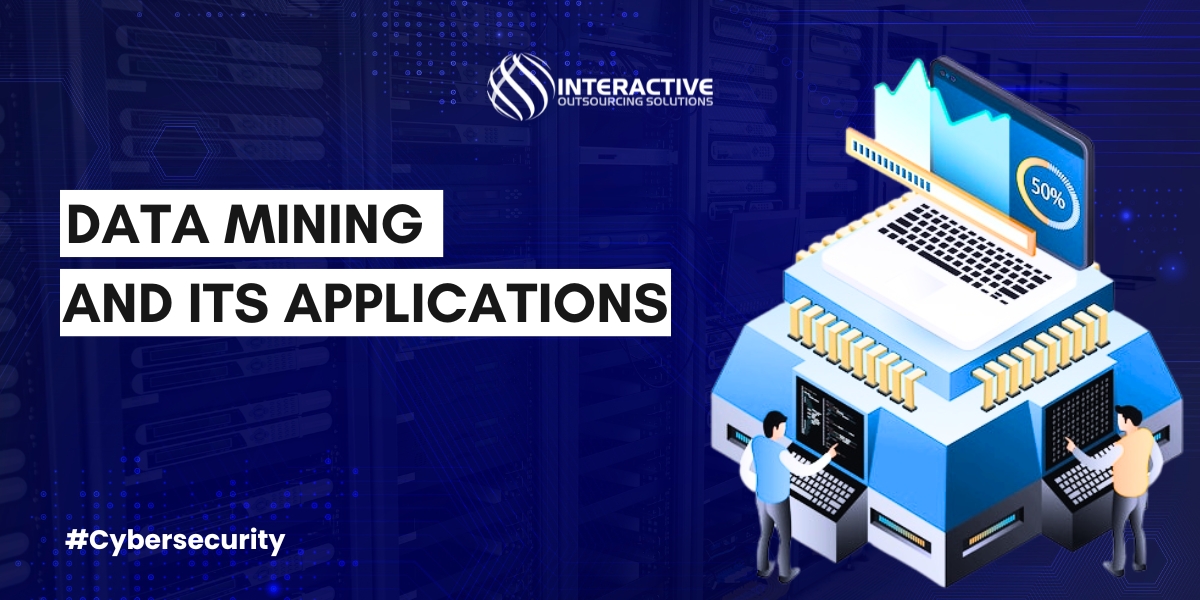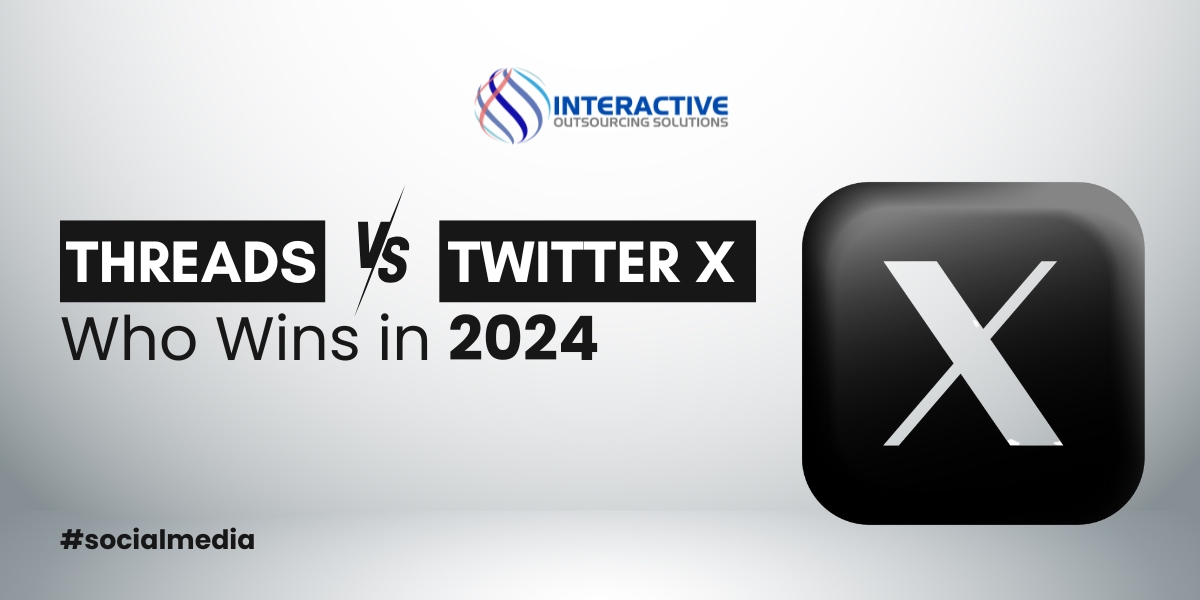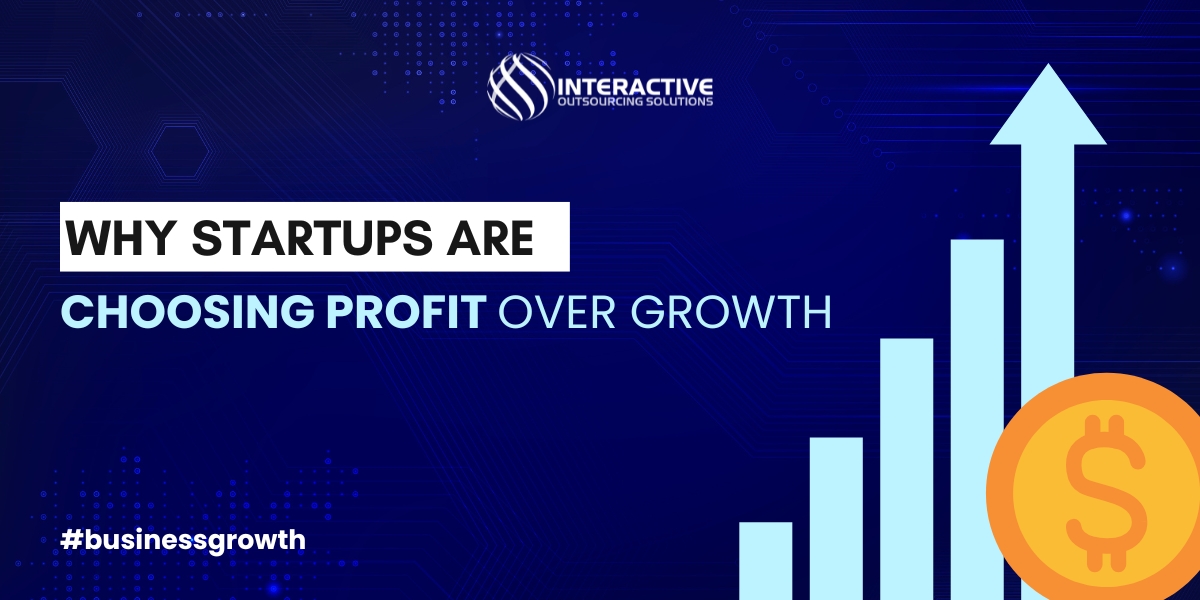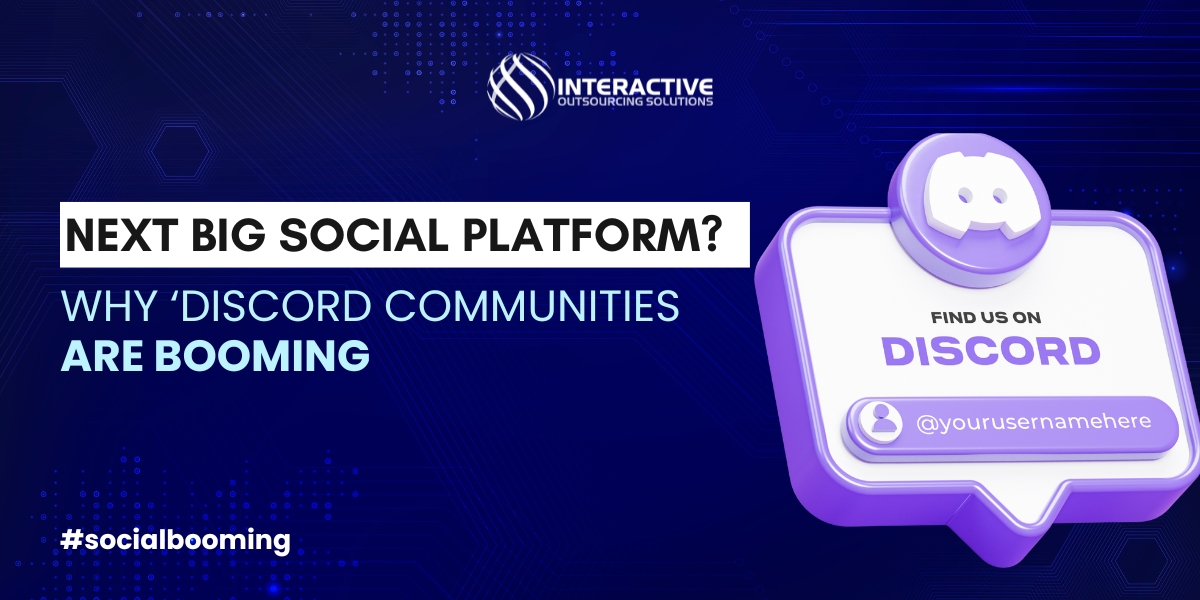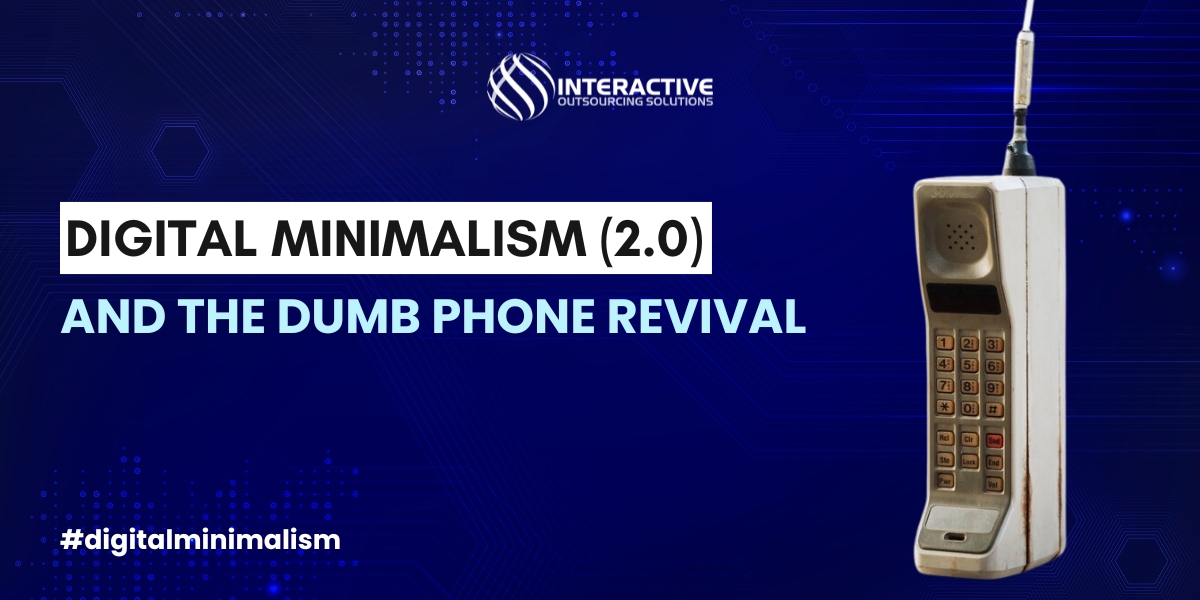Data is everywhere, but what good is it if we can’t make sense of it? That’s where data mining comes in, it helps businesses uncover hidden patterns, trends, and insights buried within massive datasets.
From predicting customer behavior to spotting market trends, data mining has become a game-changer. But like any powerful tool, it comes with its challenges.
Let’s dive into how data mining works, the key techniques, and the hurdles businesses face in making the most of their data.
What is Data Mining? (Definition & Concept)
Ever wondered how businesses predict what you might want to buy next or how streaming platforms seem to know your taste in movies? That’s data mining in action.
Essentially, data mining is all about uncovering useful insights from massive amounts of data. Think of it as digging through a mountain of information to find hidden patterns, trends, and relationships that can help businesses make smarter decisions.
This process often pulls data from data warehouses or linked datasets, using advanced data mining techniques like statistical analysis, machine learning, and predictive modeling.
While it’s often linked to marketing, helping businesses understand customer demand and the impact of pricing or promotions, data mining goes far beyond that. Engineers use it to analyze product performance, service teams use it to predict repair needs, and financial analysts use it to assess risks and market trends.
The real magic happens when big data meets experience. The larger the dataset, the more insights it holds. And as users get comfortable with data mining tools, they become more skilled at asking the right questions and uncovering deeper intelligence. So, the more you mine, the more valuable the data becomes!
How Does Data Mining Work?
So, how exactly does data mining work? Well, there’s no single way to do it, different approaches work for different situations. It all depends on the data mining techniques used, the type of data being analyzed, and, most importantly, the questions being asked.
Now, let’s take a deep dive into how data mining works.
Define the Problem
Before anything else, you need to understand the data mining objective. What kind of insights are you looking for? Are you trying to predict customer behavior? Optimize operations? Spot market trends? The person leading the charge, usually a business decision-maker, needs to have a solid grasp of the industry and relevant internal and external data sources.
Gather the Data
Once the goal is clear, it’s time to collect all the relevant data. This typically starts with internal databases, linking different data sources through data warehouses and relational tools. But internal data alone won’t cut it. External sources like sales reports, IoT data, social media trends, and even economic and demographic statistics add extra layers of insight. The more diverse the dataset, the richer the results.
Prepare and Clean the Data
Raw data isn’t always pretty, it’s often messy, inconsistent, or incomplete. That’s why data preparation (also known as data wrangling or munging) is a crucial step. Experts help categorize, clean, and organize the data, ensuring it’s free from duplicates and outdated formats. Think of it as tidying up before starting a big project, it makes everything easier in the long run.
Train Users to Navigate the Tools
Even the best data mining tools won’t be useful if no one knows how to use them. Just like you wouldn’t hand the keys of a sports car to a first-time driver, you can’t expect employees to navigate complex data mining techniques without training. Businesses should invest in proper onboarding and continuous learning to ensure users can extract meaningful insights and refine their skills over time.
Some Common Data Mining Techniques
Think of data mining as a toolbox rather than a step-by-step process. The techniques used depend on the goal, whether it’s uncovering trends, spotting correlations, or making business decisions based on hard data.
Companies use different data mining techniques to classify, sort, and analyze their data in search of patterns that lead to valuable insights.
Broadly speaking, data mining approaches fall into two categories:
- Directed mining: Focused on finding a specific outcome (like predicting customer churn).
- Undirected mining: More of an open-ended discovery process (like exploring customer behavior patterns).
Now, let’s break down some of the most commonly used techniques:
1. Association
Have you ever heard the (possibly legendary) story about beer and diapers? It’s a story about a convenience store chain that discovered a strange correlation: new fathers buying diapers often grabbed a six-pack of beer while they were at it. So, they placed diapers and beer closer together in the store, and beer sales went up. That’s association in action, linking two seemingly unrelated events to reveal patterns that businesses can use to their advantage.
2. Clustering
Also known as grouping similar data but unlike association, clustering doesn’t rely on predefined assumptions. Instead, it groups data based on similarities. For instance, a company analyzing customer sales, credit scores, and demographics might discover that its most profitable customers are based in mid-sized cities. This insight can guide future marketing and expansion strategies. The better a business understands these similarities between datasets, the better it can predict future trends.
3. Regression
You can also call it predicting future outcomes. Regression is a statistical method that helps forecast numbers based on historical data. For example, a company might use regression analysis to predict future sales based on past performance, seasonal trends, and market conditions. It’s a go-to technique in data mining when businesses want to project future outcomes accurately.
These are just a few of the many data mining techniques businesses use today. The choice of method depends on the type of data and the question being asked. While earlier methods involved manually “slicing and dicing” databases, today’s advanced tools automate much of the process, making it easier than ever to uncover hidden insights.
Conclusion
Data mining gives way to valuable insights, but its success depends on handling Big Data, user competency, and data quality. With the right tools and approach, businesses can turn raw data into real opportunities.

